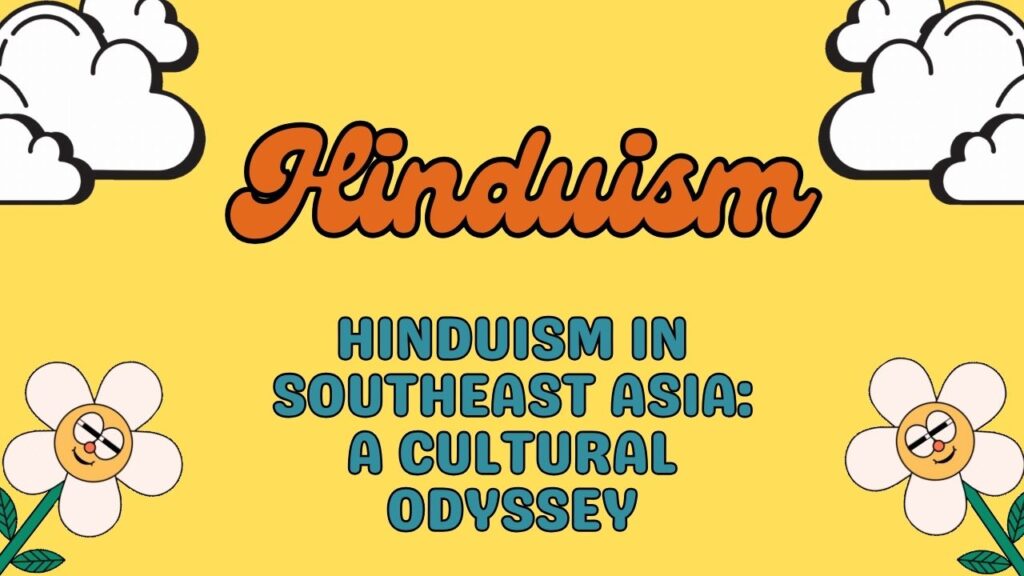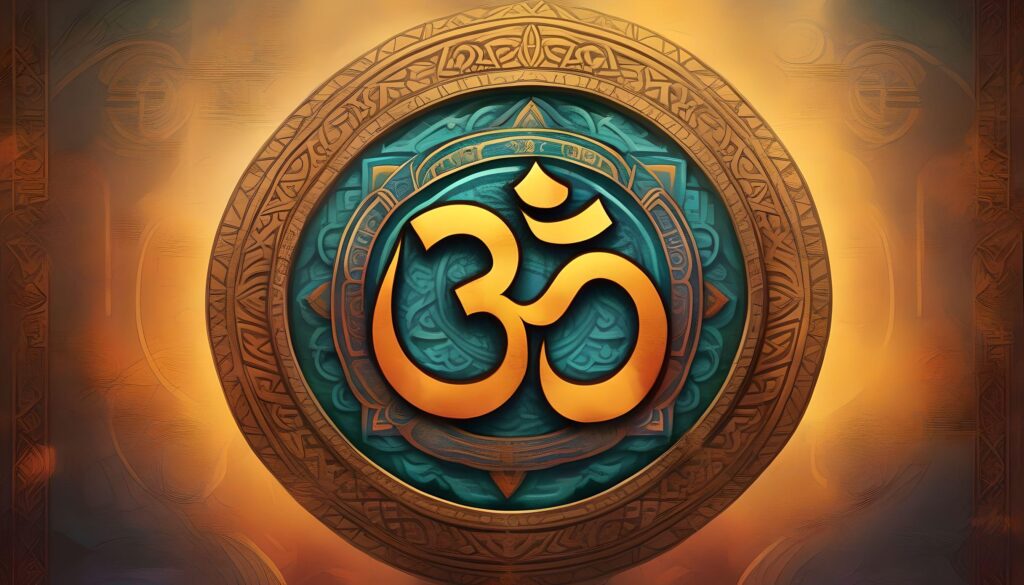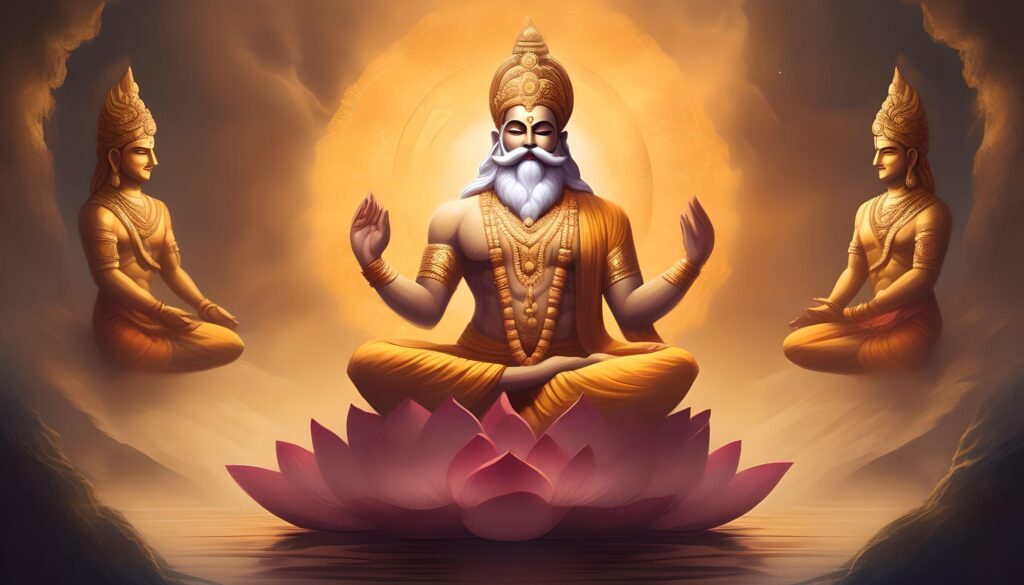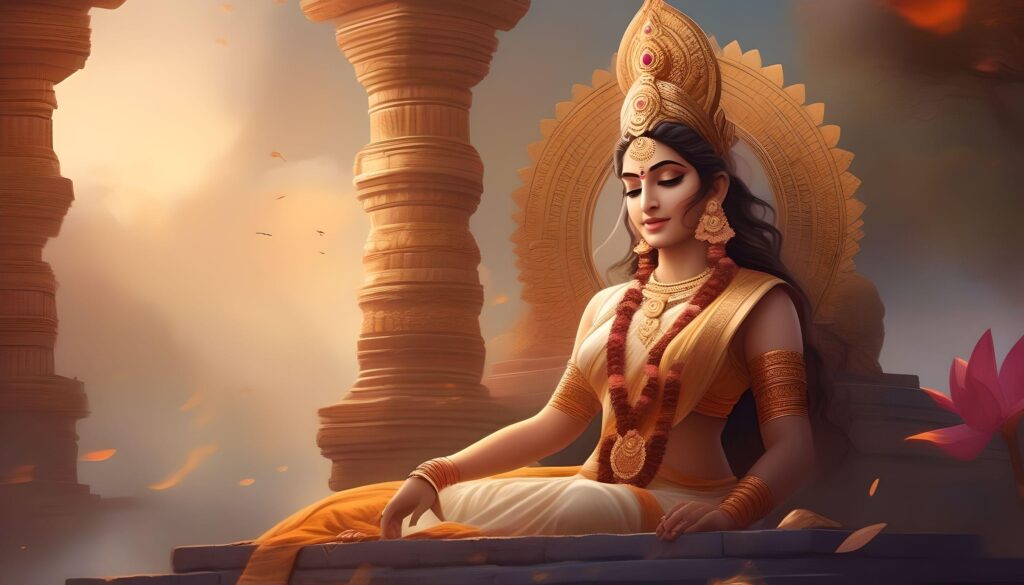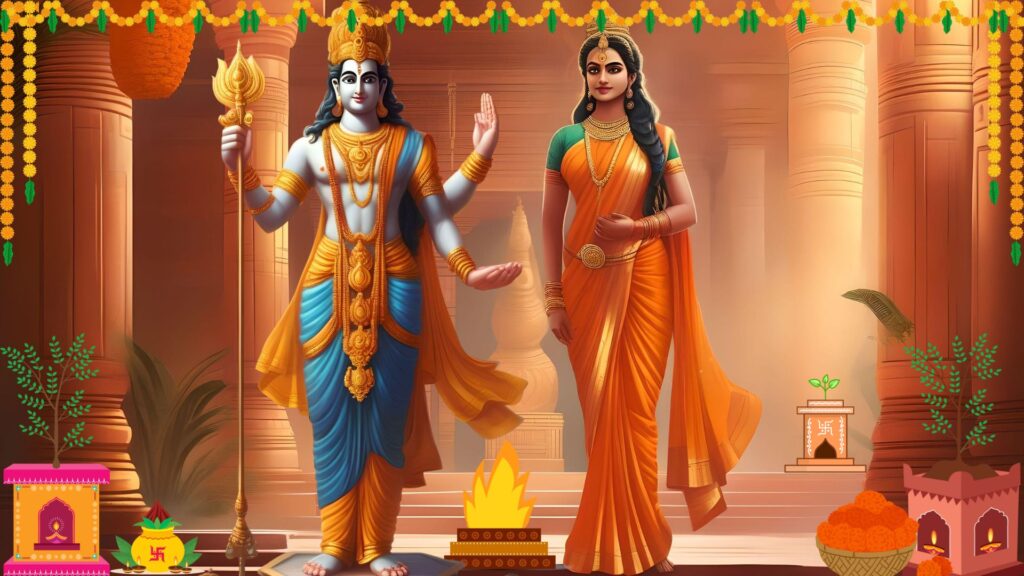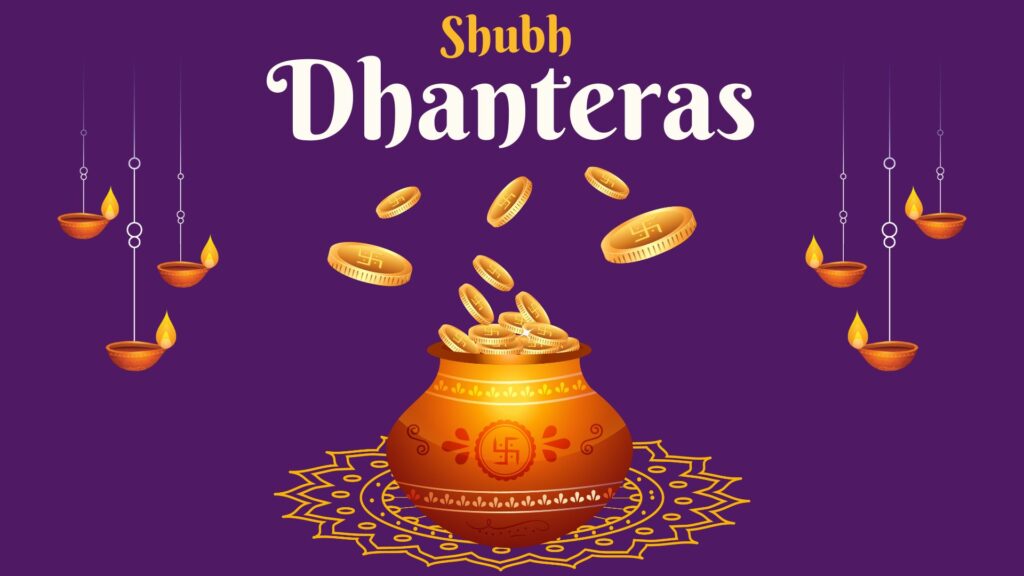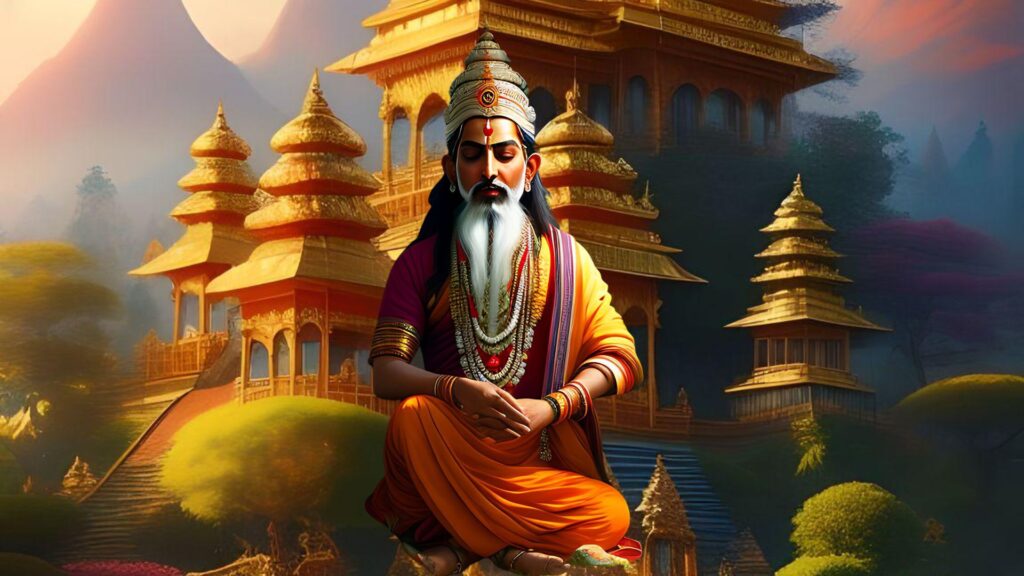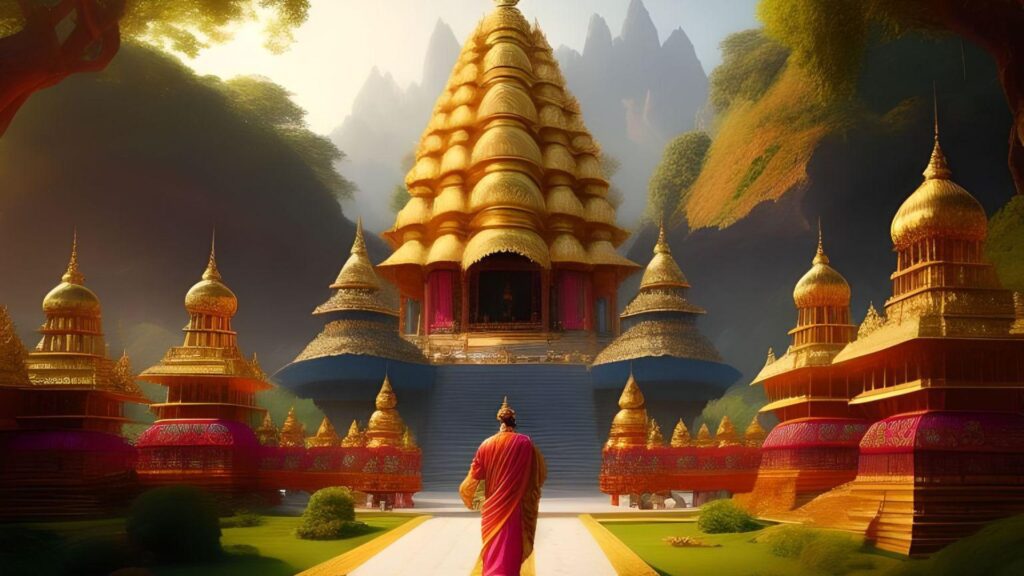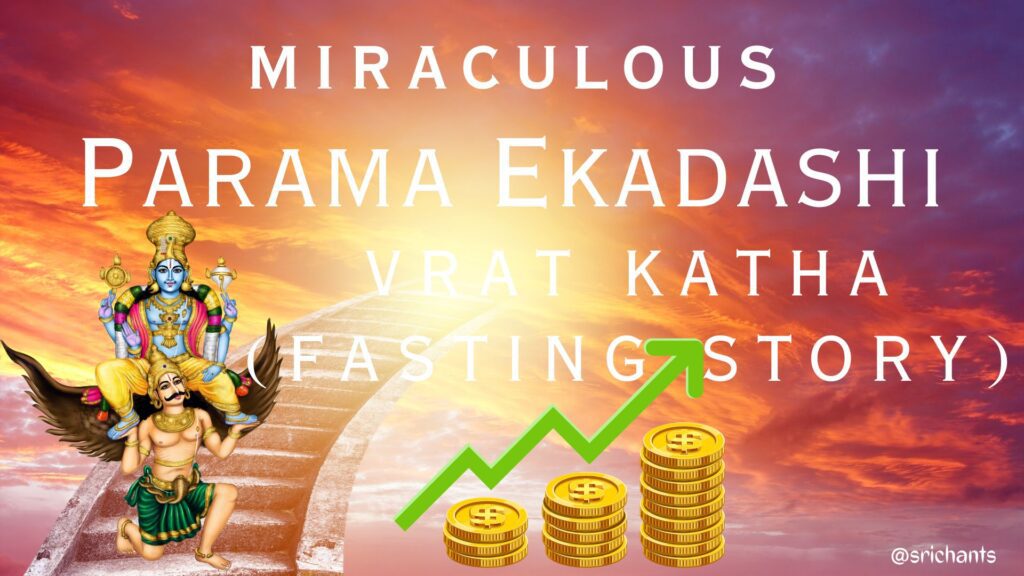Hinduism in Southeast Asia: A Cultural Odyssey
Hinduism, being among the most ancient religions in the world, has exerted a significant impact on the cultural milieu of Southeast Asia. Hinduism, which originated in ancient India, progressively disseminated throughout the Southeast Asian region, influencing the customs, artistic expressions, and architectural styles of numerous civilizations in the area. This article undertakes a temporal exploration of the evolution and influence of Hinduism in Southeast Asia, commencing with its inception and culminating in its lasting heritage.
I. Introduction to Hinduism
Hinduism is an intricate and multifarious religious tradition comprising an extensive array of philosophical systems, practices, and beliefs. Its evolutionary trajectory commenced in the Indian subcontinent and progressed steadily over millennia. A reverence for numerous deities, rituals, and spiritual concepts including karma, dharma, and moksha distinguish Hinduism.
A. Overview
Hinduism, frequently denoted as Sanatana Dharma, which translates to “the eternal law,” is an ever-evolving religious tradition renowned for its vitality and dynamism. Hinduism presents its adherents with a multidimensional spiritual journey through its extravagant rituals, varied pantheon of deities, and profound mythology.
B. The term Hinduism
External individuals introduced the term “Hinduism” to denote the religious observances of the inhabitants of the Indus River Valley. Nevertheless, neither a singular authoritative text nor a central religious authority exists within Hinduism. However, it comprises an extensive array of rituals, beliefs, and practices that have developed throughout history.
C. General nature of Hinduism
Hinduism is distinguished by its propensity for inclusivity, as it embraces an extensive array of beliefs and practices. It encompasses a wide range of worship styles, including intricate temple ceremonies and individual devotional routines. In addition to emphasizing the cyclical nature of existence, Hinduism’s philosophical framework is predicated on the concepts of reincarnation and karma.
D. The five tensile strands
Amidst the spiritual voyage of an adherent, Hinduism delineates five pivotal segments, or paths. Karma Yoga (the path of action), Bhakti Yoga (the path of devotion), Jnana Yoga (the path of knowledge), Dhyana Yoga (the path of meditation), and Raja Yoga (the path of self-control) comprise these paths, which are known as the five tensile strands.
E. Doctrine
Hinduism comprises an extensive array of philosophical doctrines, wherein distinct schools of thought place emphasis on various facets of the faith. Concerning ultimate reality, the essence of the self, and the individual’s relationship with the divine, these doctrines delve into these topics.
II. The History of Hinduism in Southeast Asia
In Southeast Asia, Hinduism has been practiced for centuries, commencing with the advent of Brahmin priests and Indian traders. Hindu concepts and rituals gradually assimilated with indigenous customs and beliefs, resulting in the emergence of distinctive syncretic modes of worship. An exploration of the intriguing historical trajectory of Hinduism in Southeast Asia is warranted.
A. Sources of Hinduism
The initial dissemination of Hinduism throughout Southeast Asia can be ascribed to a multitude of factors. Indian sailors and merchants who circumnavigated the Indian Ocean carried religious practices and beliefs in addition to merchandise. Moreover, the “Sanskritization” process was instrumental in the propagation of Hindu concepts throughout indigenous communities.
B. Indigenous prehistoric religion
Prior to the formal establishment of Hinduism, a multitude of indigenous religious practices existed in Southeast Asia. These ancient faiths were distinguished by their animistic tenets, veneration of ancestors, and respect for natural forces. These indigenous practices gradually assimilated with Hindu concepts, producing an unprecedented amalgamation of rituals and beliefs.
C. Religion in the Indus Valley Civilization
As one of the world’s oldest urban civilizations, the Indus Valley Civilization maintained extensive commercial and cultural ties with Southeast Asia. The identification of seals bearing religious motifs and depictions of Hindu deities within the archaeological remnants of the Indus Valley indicates the existence of prehistorical relations between the two areas.
D. The Vedic period
Throughout the Vedic period, which extended from the 7th century BCE to the 2nd millennium BCE, Hinduism experienced substantial transformations. The Hindu philosophical and religious doctrines are built upon the Vedic texts, which were introduced to the Indian subcontinent by the Indo-Aryans.
E. Challenges to Brahmanism
Alternative religious and philosophical movements posed obstacles to Brahmanism, the prevailing social and religious system in ancient India, during the period spanning from the 6th to the 2nd centuries BCE. Hindu thought diversified as a result of these obstacles, which facilitated the emergence of new religious concepts and sects.
F. Early Hinduism
Between the years 2nd century BCE and 4th century CE, Hinduism experienced additional changes. During this era, significant religious movements emerged, including Vaishnavism, Shaivism, and Shaktism, all of which were devoted to the veneration of a specific deity. The construction of temples honoring these deities became the center of religious activity.
G. The spread of Hinduism in Southeast Asia
During this time, Hinduism established substantial influence in Southeast Asia, predominantly via commercial interactions and the exchange of cultural ideas. Hindu beliefs and practices were transported to numerous ports and trading centers by Indian merchants, sailors, and Brahmin clerics, where they became intertwined with indigenous customs and beliefs.
H. The rise of devotional Hinduism
Especially by means of the Bhakti movement, devotional Hinduism rose to prominence between the fourth and eleventh centuries. This movement cultivated a profound emotional bond between the devotee and the divine through the promotion of personal devotion and worship to a particular deity.
I. Hinduism under Islam
The proliferation of Islam throughout Southeast Asia between the 11th and 19th centuries presented formidable obstacles for the religion’s observance. Nevertheless, Hinduism persisted in flourishing, adjusting to the evolving social and political environment. Bhakti traditions, temple complexes, and sectarian movements all contributed significantly to the preservation of Hindu identity.
J. The modern period
Hinduism underwent substantial reform movements beginning in the 19th century, as a reaction to the impact of colonialism and Western influence. Prominent individuals including Rabindranath Tagore, Swami Vivekananda, and Ramakrishna revitalized Hindu thought and emphasized its universal principles.
K. Hinduism outside India
Hinduism’s impact transcends the geographical confines of India, as substantial Hindu communities and temples can be observed in diverse regions of Southeast Asia. Hindu communities in diaspora have maintained and transmitted their religious customs from generation to generation.
III. Sacred Texts of Hinduism
Hinduism comprises an extensive collection of sacred scriptures which offer counsel, understanding, and spiritual sagacity. The aforementioned texts, composed in vernacular and ancient Sanskrit, provide an insight into the multifarious philosophical and religious practices that are inherent in Hinduism.
A. Vedas
The Vedas, revered as the most ancient sacrosanct scriptures in Hinduism, serve as the bedrock of philosophical and religious ideologies in India. Consisting of philosophical treatises, hymns, and rituals, they are categorized into four principal collections: the Rigveda, Yajurveda, Samaveda, and Atharvaveda.
B. Upanishads
Philosophical in nature, the Upanishads delve into the ego, the essence of reality, and the ultimate truth. Venerable sources of profound spiritual insights, they constitute an essential component of the Vedic literature.
C. Epics and Puranas
The epics, including the Mahabharata and the Ramayana, as well as the Puranas comprising mythological narratives, collectively offer an extensive collection of anecdotes, ethical counsel, and legends. Inspiring devotion and significantly influencing Hindu culture, these texts have had a profound impact.
D. Tantric Texts
The Agamas, Samhitas, and Tantras are tantric texts that delve into the esoteric rituals, mystic practices, and veneration of divine energies. The aforementioned texts extensively explore the complex symbolism and rituals that are linked to the veneration of divine figures like Shiva and Shakti.
E. Vernacular literatures
The extensive literary heritage of Hinduism transcends the boundaries of ancient Sanskrit texts. A profusion of devotional poetry and literature has been generated in diverse vernacular languages, including Tamil, Bengali, and Hindi, wherein adherents manifest their profound affection and steadfastness towards their preferred deities.
IV. Practical Hinduism
Practical Hinduism comprises an extensive collection of social customs, religious rituals, and practices that are fundamental to the existence of Hindu communities. The variation in these practices among communities and regions reflects the adaptability and diversity of Hinduism.
A. Devotion
Bhakti, which means devotion, is the foundation of practical Hinduism. By engaging in acts of service, veneration, and prayer, one develops a profound and intimate connection with a select deity. By means of devotional melodies, chanting, and pilgrimage, adherents manifest their love and devotion.
B. Deities
Hinduism is widely recognized for its illustrious pantheon of celestial beings, known as pantheons, which embody distinct facets of the divine. By the way of Brahma, Vishnu, Shiva, Lakshmi, and Durga, millions of Hindus around the world venerate and worship these major deities.
C. Worship
Hinduism recognizes a wide range of forms of worship, from modest household observances to ornate temple rituals. Deities are bestowed with offerings comprising fruits, flowers, incense, and lamps, which are concomitant with petitions and chants. Sanitation and rites of purity are essential components of worship.
D. Divination, spirit possession, and healing
Certain Hindu traditions place significant emphasis on medicinal practices, divination, and spirit possession. These rituals entail the solicitation of counsel from celestial beings, divinatory instruments, or mediums in order to ascertain future events or remedy both physical and spiritual afflictions.
E. Women’s religious practices
The involvement of women in Hindu religious practices is substantial. They engage in devotional activities, observe fasts, and partake in rituals. Frequently, the religious observances of women revolve around the veneration of goddesses and the observance of female deities.
F. Pilgrimage
A unique position is occupied by pilgrimage in Hindu religious life. Devotees embark on pilgrimages to revered locations and temples in pursuit of spiritual rejuvenation, divine communion, and blessings. Aranyasi, Amarnath, and Rameswaram are a few of the holiest pilgrimage destinations.
V. Rituals, Social Practices, and Institutions
Hindu society is inextricably linked to institutions, social customs, and rituals, which serve as embodiments of religious convictions. These practices foster the preservation of social order, facilitate the transmission of cultural values, and fortify community cohesion.
A. Sacrifice and worship
Worship and sacrifice are fundamental components of Hindu rituals. Yajnas, which are sacrificial rituals, encompass the presentation of food, fire, and various other symbolic objects as offerings to the deities. Priests execute these rituals in strict adherence to the precise Vedic prescriptions.
B. Domestic rites
Domestic rites hold significant importance within Hindu households, as they involve the observance of daily rituals intended to secure the welfare of family members and solicit the graces of the deities. The aforementioned customs consist of lamp illumination, prayer, and aarti performance.
C. Samskaras: rites of passage
Samskaras comprise a sequence of life-cycle rituals that signify significant life transitions. These rites of passage encompass ceremonial events from infancy to death, including child naming, educational initiation, matrimonial union, and funerary observances.
D. Daily offerings
Daily prayers and offerings to deities are performed in residences and local temples by adherents of Hinduism. Typically comprising fruits, flowers, incense, and sweets, these tributes represent veneration and appreciation for the divine.
E. Other private rites
Diverse private rites and rituals are incorporated into Hinduism in order to obtain particular blessings or to attend to personal requirements. Personal oaths, prayers for success, or rituals to surmount obstacles are examples of such observances.
F. Temple worship
Temples play pivotal roles in the religious and social fabric of Hinduism. Temple visits are undertaken by devotees in order to partake in elaborate rituals, seek the graces of the deities, and engage in community activities. Iconography and temple architecture are manifestations of the varied regional traditions and styles that comprise Hinduism.
G. Shaiva rites
The devotion to Lord Shiva, known as Shaivism, entails a unique set of rituals and practices. Shaiva temples are venerated in honor of Lord Shiva and are renowned for their ornate ceremonies, which encompass the abhishekam (sacred substance anointing) of the divinity with milk, honey, and sandalwood paste, among others.
H. Vaishnava rites
The worship of Lord Vishnu and his incarnations, Vaishnavism, is distinguished by a distinct collection of rituals and observances. Devotees perform rituals including kirtan (devotional chanting), arati (lacuna-waving), and circumambulation, while Vaishnava temples are embellished with exquisite images of deities.
I. Sacred times and festivals
Hinduism annually commemorates a multitude of festivals that signify momentous occasions in mythology, the transition of the seasons, and religious observances. Community gatherings, lively rituals, processions, music, and dance distinguish these celebrations.
J. Ritual and social status
Social divisions and hierarchies are frequently mirrored in and reinforced through rituals in Hindu society. Particular castes are granted exclusive access to particular rituals and privileges, which reflects the social and religious organization of traditional Hindu communities.
K. Social structure
Hindu society is traditionally organized into a hierarchical structure known as the caste system. This social structure, based on birth and occupation, assigns individuals to specific social and occupational roles, with each caste having its rights and obligations.
L. Castes
The caste system is divided into four main castes, known as varnas: Brahmins (priests and scholars), Kshatriyas (warriors and rulers), Vaishyas (merchants and farmers), and Shudras (laborers and servants). Each caste has its specific duties and responsibilities.
M. Social protest
Throughout history, various social movements have emerged within Hinduism, challenging the rigid social structure and advocating for social equality and justice. These movements, such as the Bhakti and reform movements, sought to dismantle caste-based discrimination and promote a more inclusive society.
N. Renunciants and the rejection of social order
Renunciants, or ascetics, play a crucial role in Hindu society. These individuals voluntarily renounce worldly attachments and social obligations, dedicating their lives to spiritual pursuits and seeking liberation from the cycle of birth and death.
O. Religious orders and holy men
Hinduism encompasses various religious orders, sects, and monastic traditions. These orders, led by holy men and spiritual teachers, provide guidance, wisdom, and spiritual support to their followers. They may follow specific codes of conduct and engage in rigorous spiritual practices.
P. Initiation
Initiation, known as diksha, is a significant ceremony in Hindu religious life. It marks the formal acceptance of an individual into a specific religious order, sect, or guru’s discipleship. Initiation often involves the bestowing of a sacred mantra and the imparting of spiritual knowledge.
Q. Yoga
Yoga, meaning “union” or “connection,” is a spiritual practice that aims to integrate body, mind, and spirit. It encompasses various physical postures, breathing exercises, meditation techniques, and ethical principles. Yoga is considered a powerful tool for self-realization and attaining spiritual enlightenment.
R. Sectarian symbols
Sectarian symbols play an important role in Hindu religious practices. These symbols, such as the trident of Lord Shiva or the discus of Lord Vishnu, evoke the presence and power of specific deities. Devotees often wear or carry these symbols as a mark of their faith.
S. Cultural expressions: visual arts, theater, and dance
Hinduism has inspired a rich tradition of artistic expression, including sculpture, painting, theater, and dance. Visual arts adorn temple walls and depict divine narratives, while theater and dance forms such as Bharatanatyam and Kathakali bring mythological stories to life.
VI. Hinduism and the World Beyond
Hinduism’s influence extends beyond its geographical origins, influencing the religions and cultures of various regions. Let’s explore the interactions between Hinduism and other religious traditions, as well as the diasporic Hindu communities around the world.
A. Hinduism and religions of Indian origin
Hinduism shares common roots with other religions that originated in the Indian subcontinent, such as Buddhism, Jainism, and Sikhism. These traditions have influenced and been influenced by Hinduism, resulting in shared beliefs, practices, and cultural exchanges.
B. Hinduism and Islam
Hinduism and Islam have coexisted in Southeast Asia for centuries, leading to a rich interplay of ideas, practices, and cultural expressions. Hinduism and Islam have influenced each other in various ways, resulting in syncretic traditions and shared cultural practices.
C. Hinduism and Christianity
Christianity, introduced to India by European colonial powers, has had limited influence on the practice of Hinduism in Southeast Asia. However, interactions between Hinduism and Christianity have taken place, leading to dialogue, cultural exchanges, and the emergence of new religious practices.
D. Diasporic Hinduism
Hinduism has spread beyond the borders of India, with significant Hindu communities residing in various parts of the world. These diasporic communities have preserved their religious traditions, establishing temples, cultural organizations, and educational institutions that promote Hindu values and practices.
Conclusion
The trajectory of Hinduism across Southeast Asia has been characterized by cultural interchange, assimilation, and fusion. Hinduism, which originated in ancient India and has since established itself in numerous Southeast Asian societies, has significantly influenced the religious, artistic, and social landscape of the region. Hinduism’s intricate fabric of rituals, beliefs, and practices continues to guide and inspire millions of individuals, nurturing in them a profound sense of spirituality and cultural identity. By contemplating the turbulent journey of Hinduism through Southeast Asia, one can develop a more profound admiration for the tenacity and lasting impact of this time-honored and dynamic tradition.
